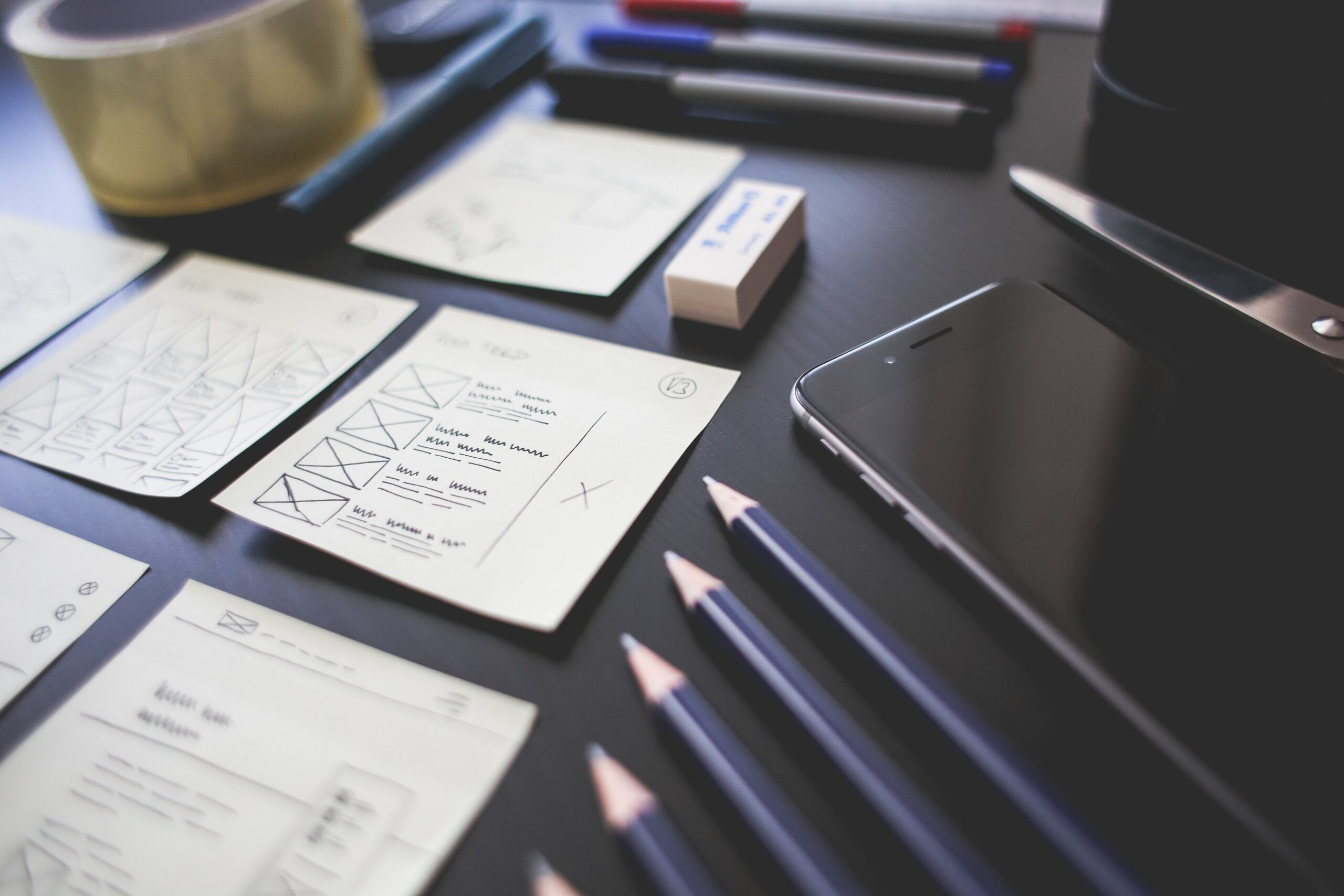Why Startups need to hire UX designers
User Experience (UX) design is a crucial aspect of any startup’s success. It is the process of designing a product or service that is user-centered, intuitive, and functional. A good UX designer ensures that the user’s needs and wants are at the forefront of the design process. In this blog post, we will discuss why UX design is essential for startups and how it can help them succeed.
Understanding Users’ Needs
One of the primary reasons why startups need a UX designer is to understand their users’ needs. It is vital to understand the target audience and their preferences to create a product or service that meets their needs. A UX designer conducts user research and analyzes the data to identify user requirements and expectations. This research helps the UX designer create user personas, which are fictional representations of the target audience that help the team understand their needs, goals, and challenges. This information is critical in designing a product that meets the users’ needs, thus increasing user satisfaction and loyalty.
Enhancing User Satisfaction
User satisfaction is critical for the success of a startup. If users are not satisfied with the product or service, they will not use it, and the startup will fail. A UX designer ensures that the product is easy to use, aesthetically pleasing, and meets the users’ needs. They focus on creating a positive user experience that delights the users, making them want to use the product again. This satisfaction leads to increased user loyalty, positive reviews, and word-of-mouth marketing, which are critical for startups.

Reducing Development Costs
In the long run, investing in UX design can reduce development costs for startups. A UX designer helps identify problems in the design early in the process, reducing the time and cost needed to fix them. This early identification also helps prevent costly redesigns and delays in the development process. A well-designed product also requires less support, leading to cost savings in the long run.
Improving Productivity
A well-designed product leads to increased productivity for both the users and the startup team. A UX designer creates a user interface that is easy to use, intuitive, and efficient. This leads to reduced user errors, faster task completion times, and increased productivity. For the startup team, a well-designed product reduces the time and effort needed to support and maintain the product. This increased efficiency leads to cost savings and increased profitability.
Competitive Advantage
In today’s competitive market, startups need a competitive advantage to succeed. A well-designed product is a significant competitive advantage. A good UX designer ensures that the product is easy to use and meets the users’ needs. This user-centric design sets the startup apart from the competition, increasing the chances of success. Additionally, a well-designed product leads to increased user satisfaction and loyalty, which further strengthens the startup’s position in the market.
Iterative Design
One of the core principles of UX design is iterative design. This process involves continuously testing and improving the product based on user feedback. This approach ensures that the product meets the users’ needs and expectations. Additionally, it helps the startup team identify problems early in the development process and make necessary changes. This iterative design approach leads to a better product and a higher chance of success.
Customer Loyalty
Customer loyalty is critical for the success of any startup. A good UX designer ensures that the product meets the users’ needs and expectations, leading to increased customer loyalty. A satisfied customer is more likely to continue using the product and recommend it to others. This positive word-of-mouth marketing can lead to significant growth for startups.
Conclusion
In conclusion, UX design is essential for the success of startups. A good UX designer helps the team understand the users’ needs and preferences.
